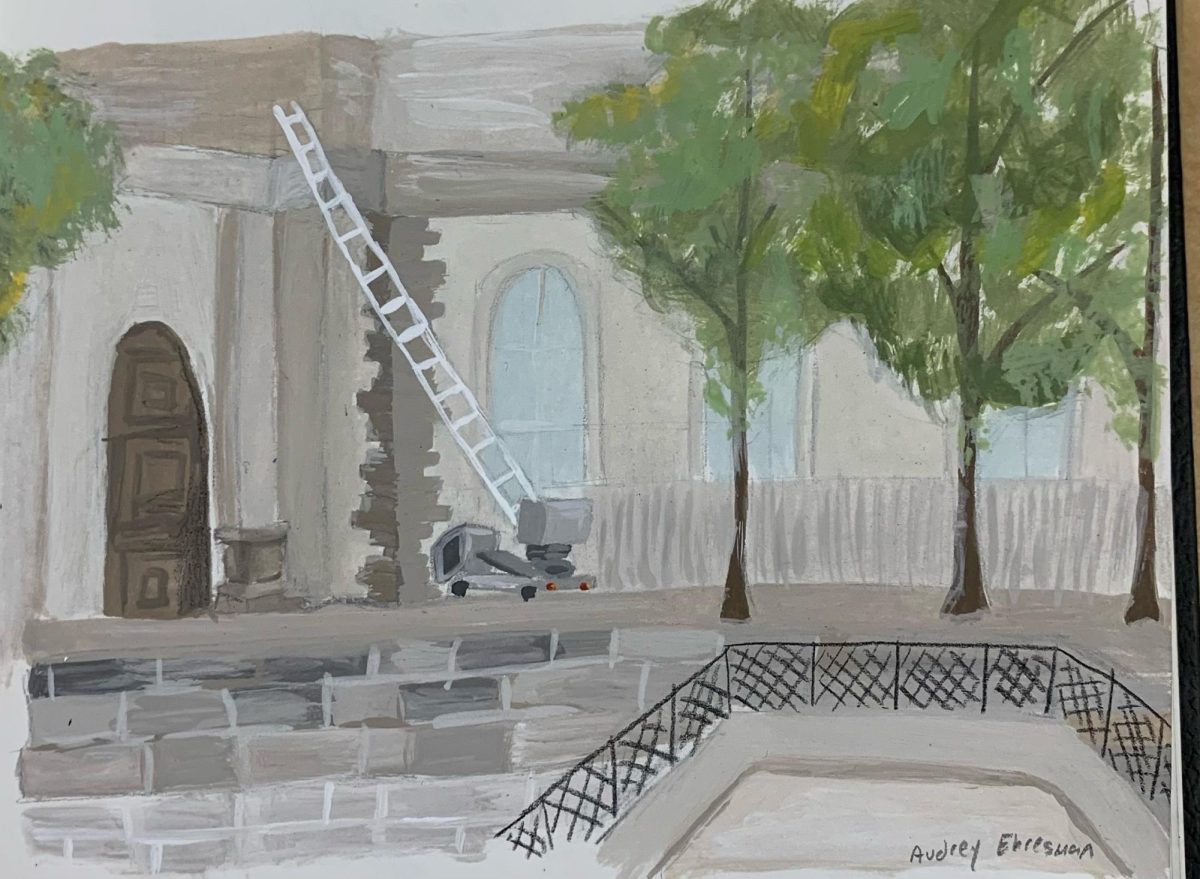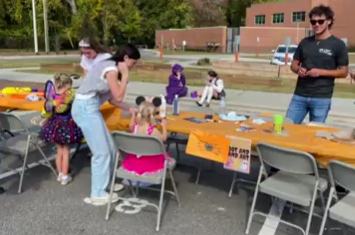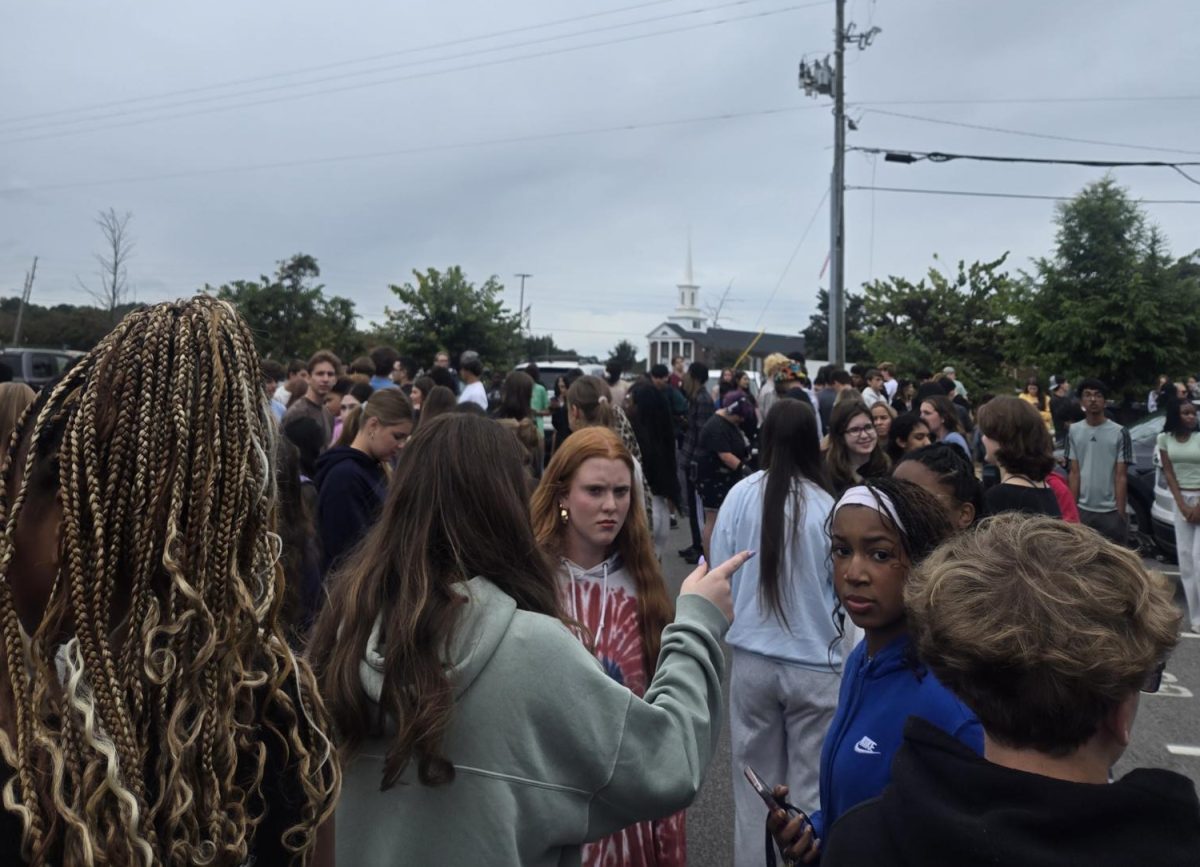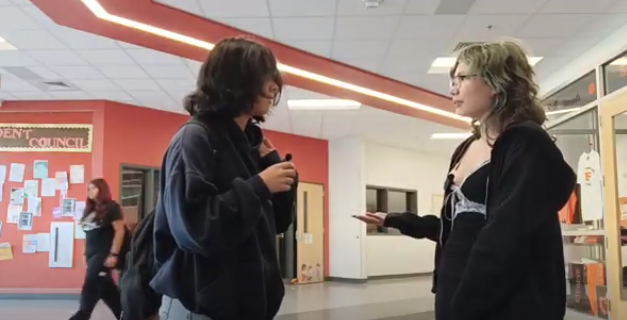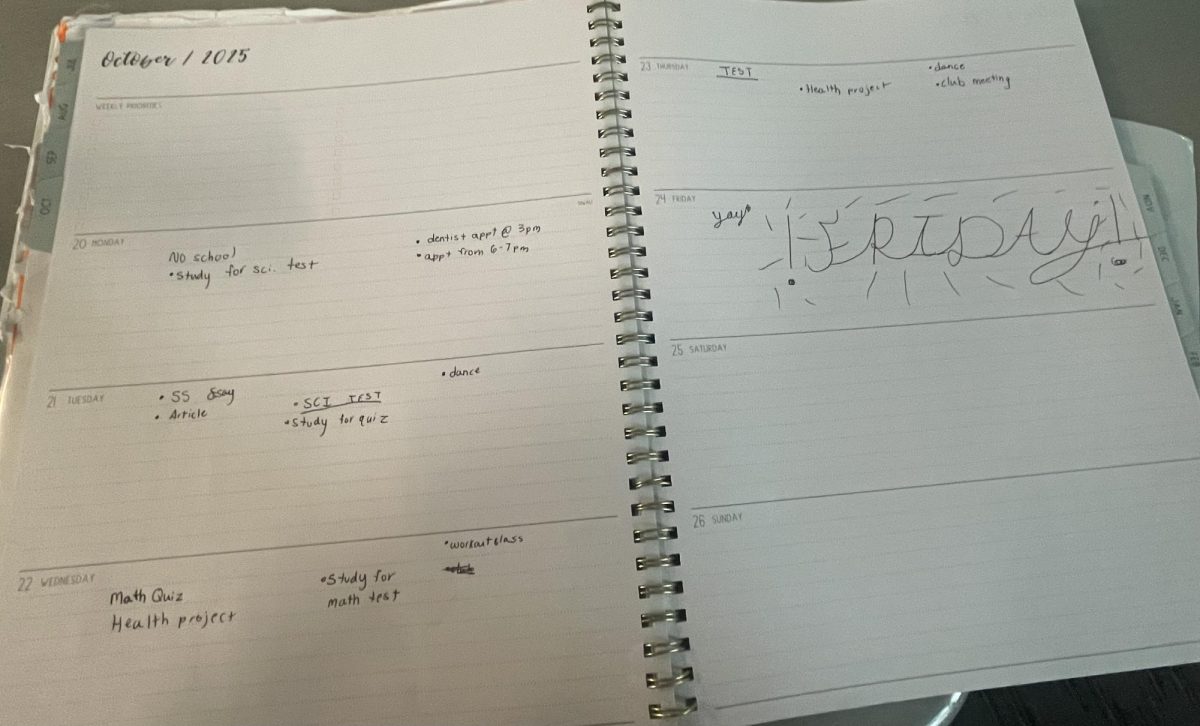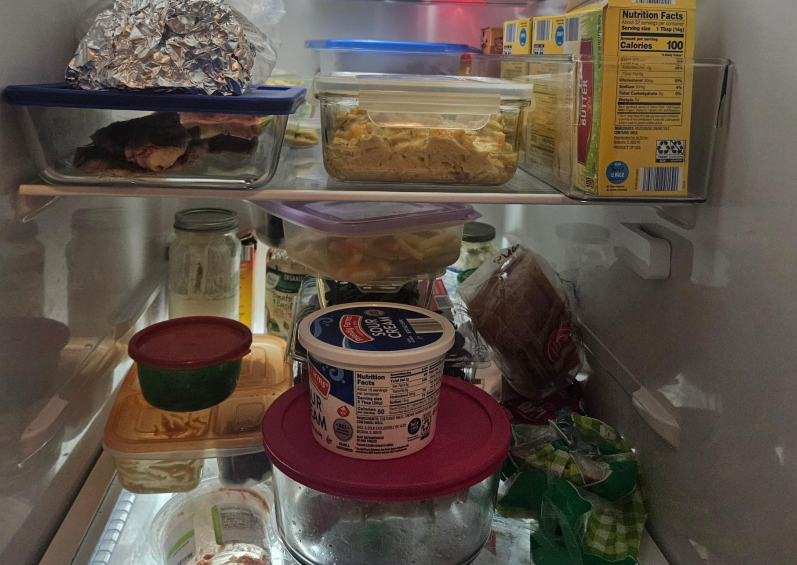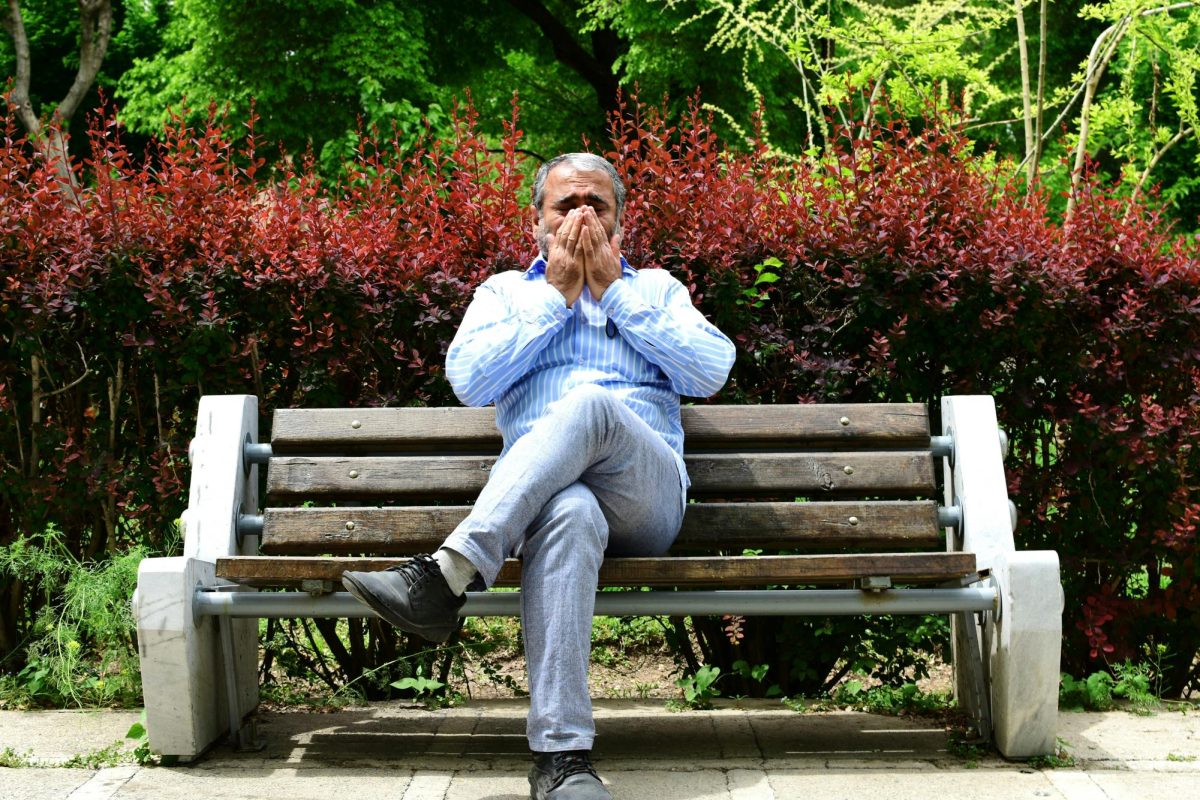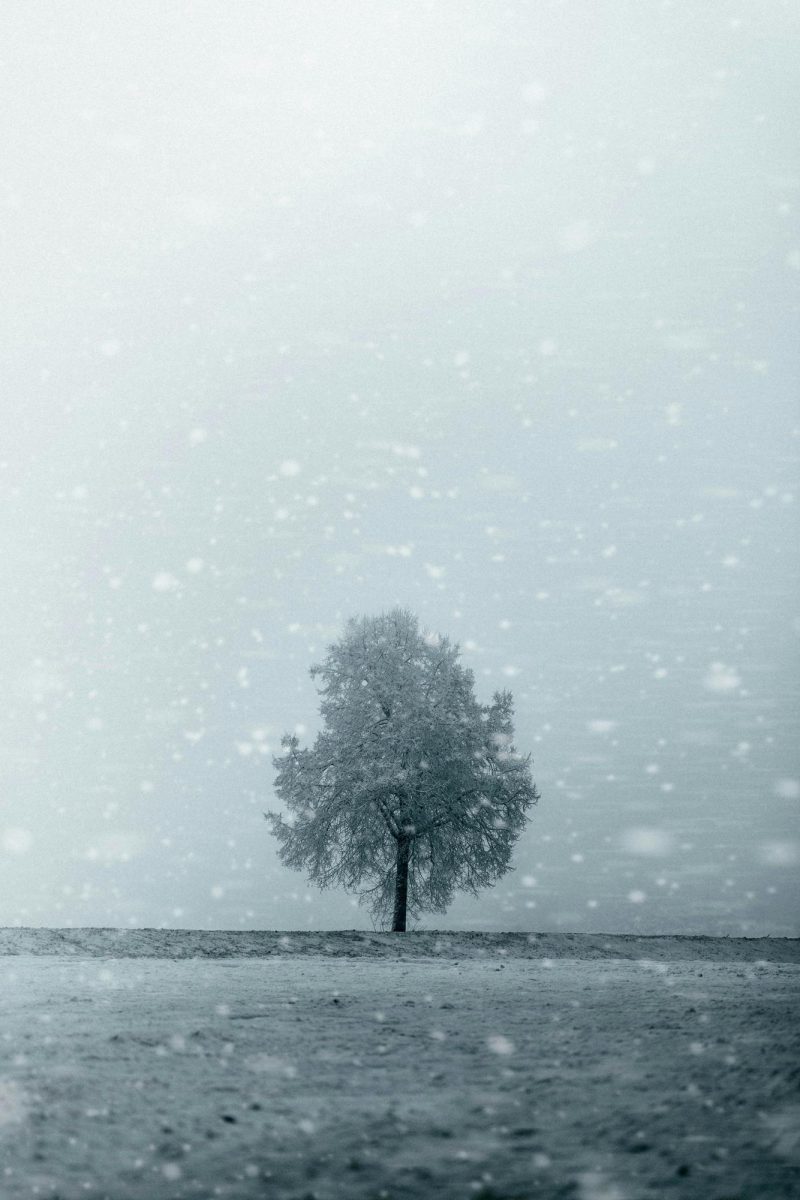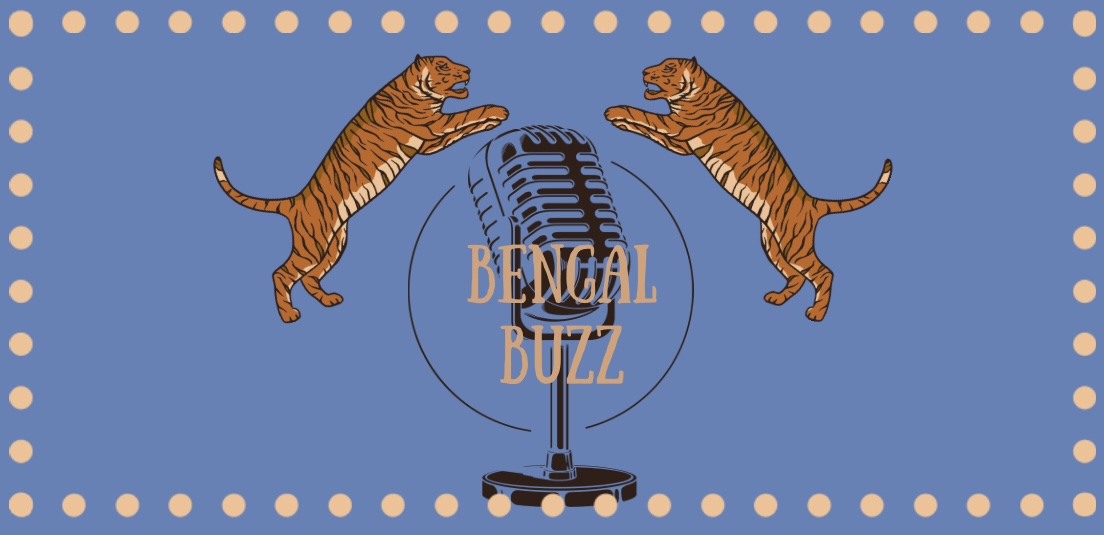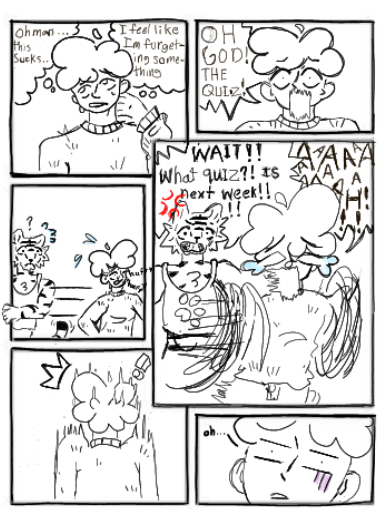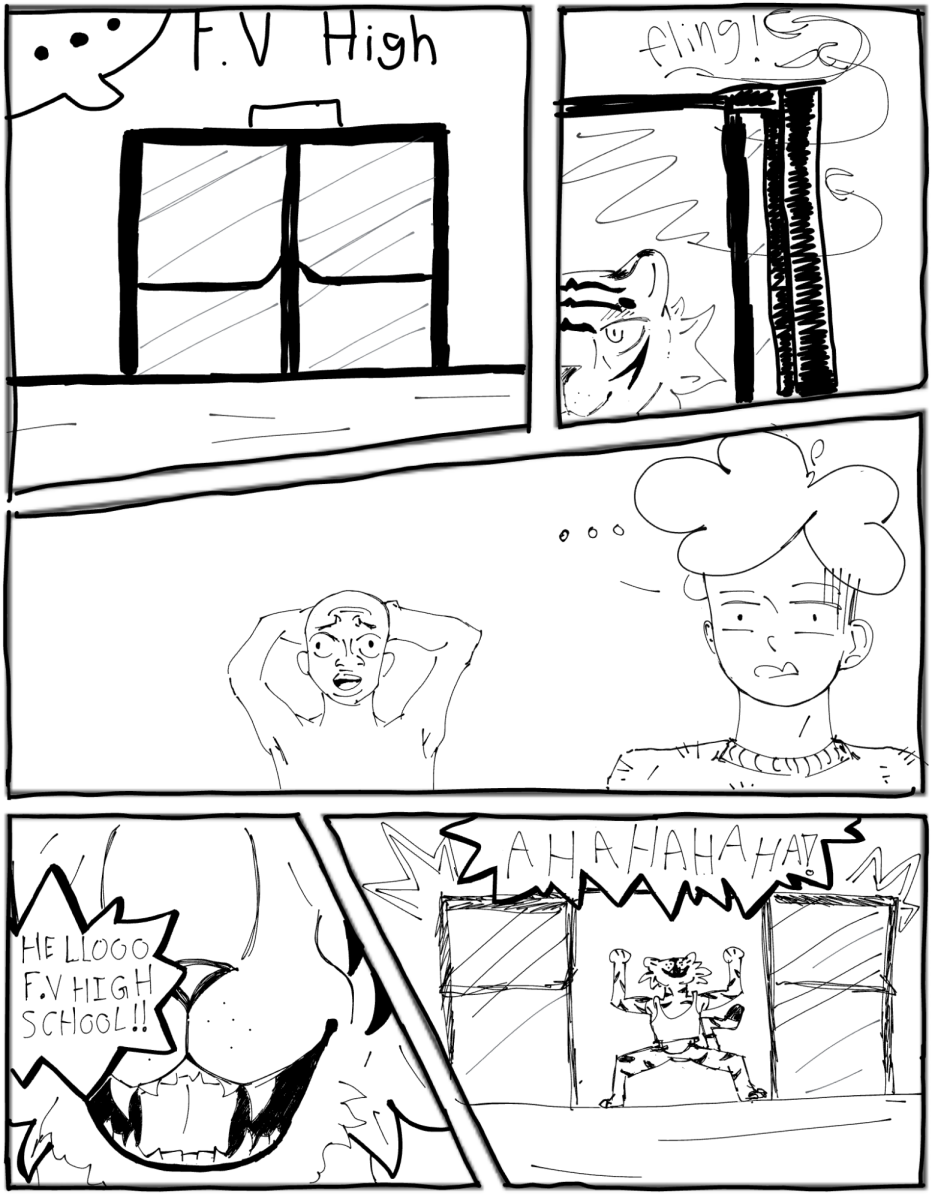As the days grow shorter and the temperatures drop, many people begin to feel more tired, sad or unmotivated. This isn’t just being “burnt out” it’s something called seasonal depression or Seasonal Affective Disorder.
It affects millions of people each year, especially in places where winters are long and dark. According to experts, SAD happens when the lack of sunlight disrupts our body’s natural rhythms and lowers serotonin, a chemical that helps control mood, hence why you may not feel great. Common symptoms include low energy, changes in sleep or appetite and a loss of interest in activities people usually enjoy.
“In the winter it’s a lot harder to get up. I wanna stay warm in my bed and go back to sleep. When I get to school I don’t feel like doing any of my work and just feel burnt out from nothing,” said sophomore Ethne Dux.
Even though SAD can be serious, there are ways to manage it. Doctors often recommend light therapy, where people sit near a special bright lamp for a short time each day. Regular exercise, a balanced diet, and talking to a therapist can also help. It’s important to remember that seasonal depression is not a sign of weakness, it’s a real medical condition.
The more people talk about it, the easier it becomes for others to seek help and find support. As winter approaches, paying attention to your mood and mental health can make a big difference.


